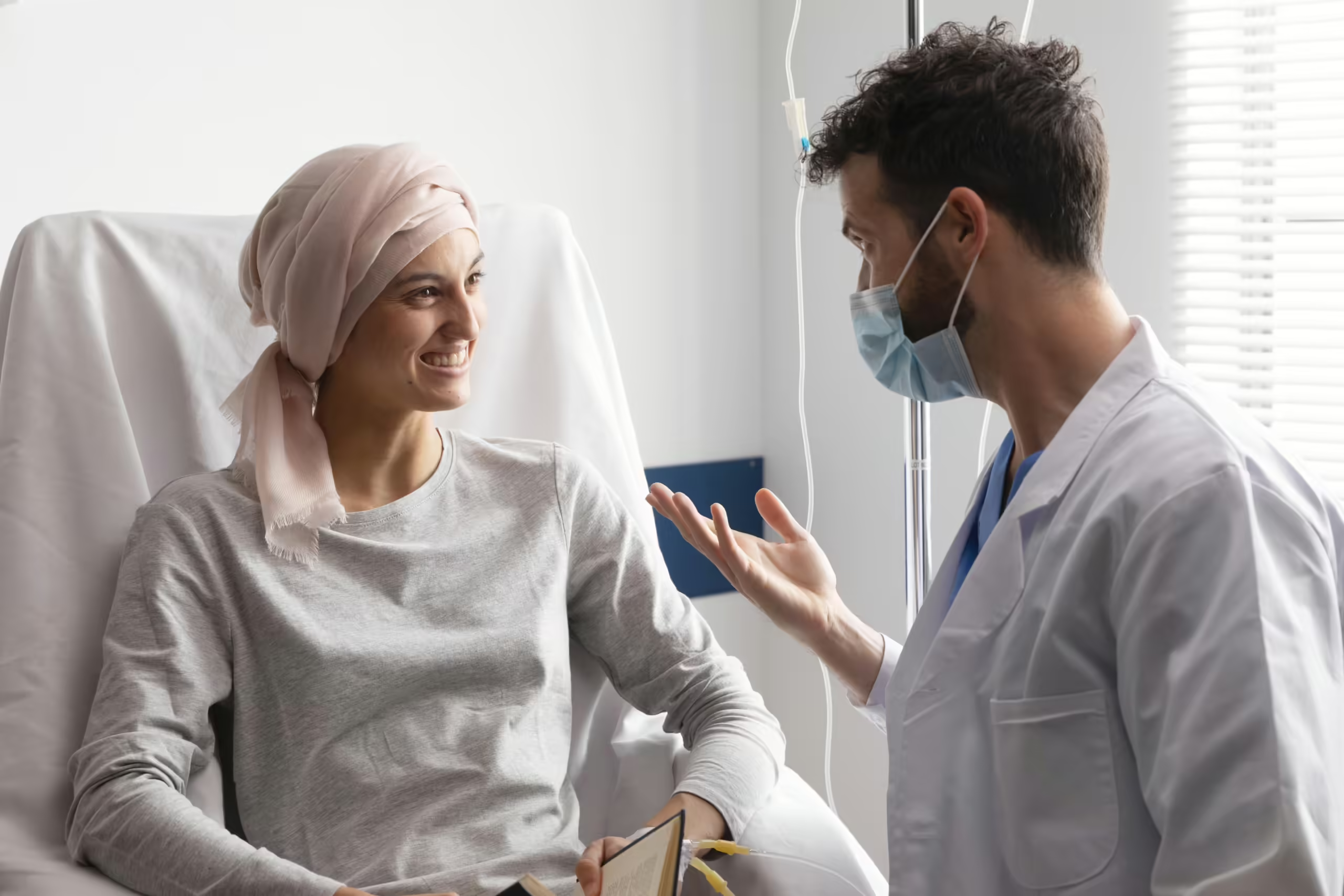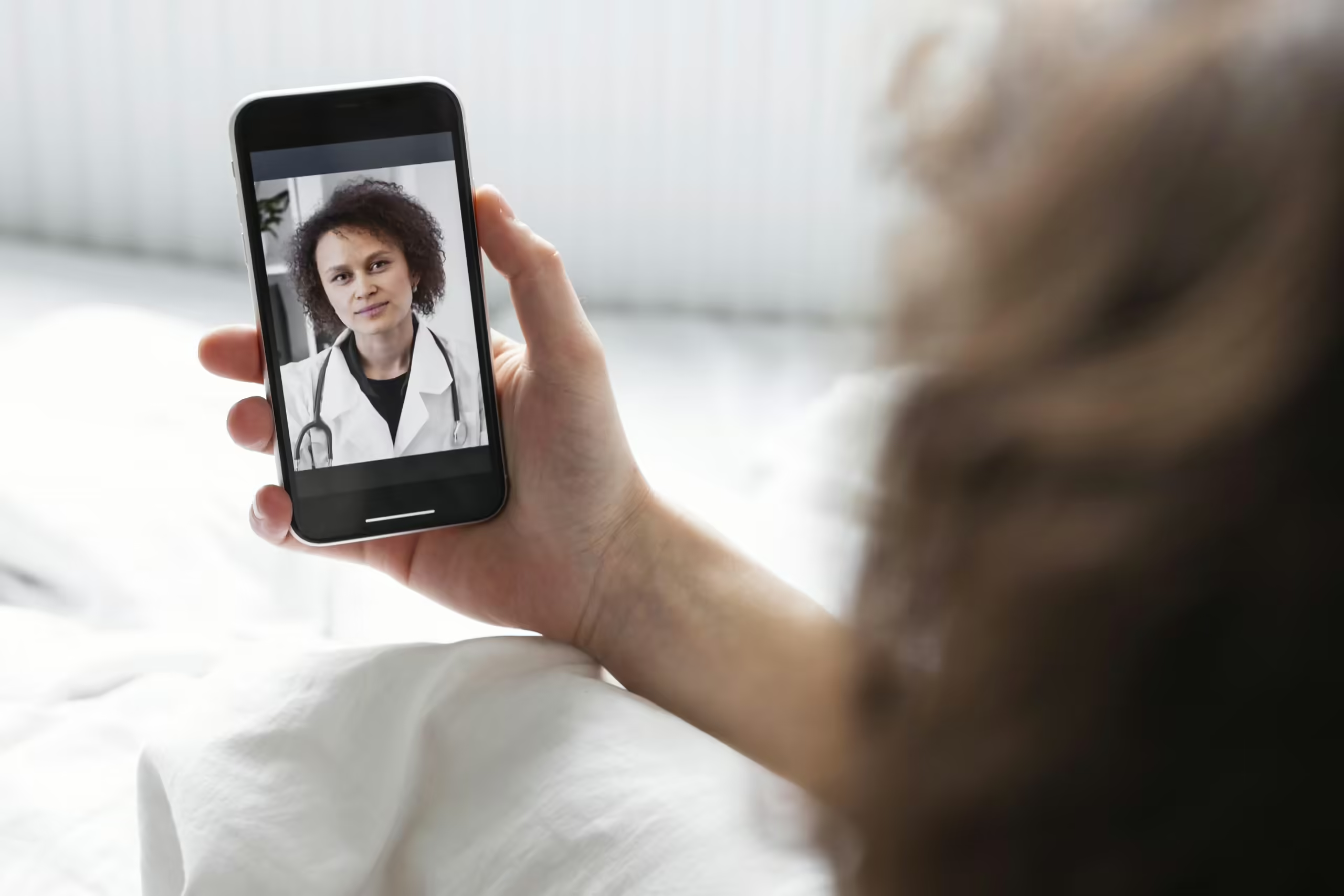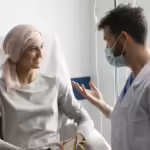
Simon Meza
Home
.
Simon Meza
Categories
Recent Posts
tags
Chronic conditions cost reduction fee for service Healthcare Payers Percentage Population Remote patient monitoring Security Seniors Teleheath value based care
Social Links
-

Early Breast Cancer Detection and Treatment
In October, Breast Cancer Awareness Month highlights the importance of early detection and treatment adherence. Telemedicine, coupled with Remote Patient Monitoring (RPM), plays a key role in this process. These platforms support continuous patient monitoring, ensuring timely interventions. Institutions can…
-

How Telemedicine-RPM Improve Mental Health Care
In October, Mental Health Awareness Month highlights the significance of accessible, continuous care for individuals with mental health conditions. Digital platforms such as telemedicine and Remote Patient Monitoring (RPM) have revolutionized mental health services by providing patients with easier access…





